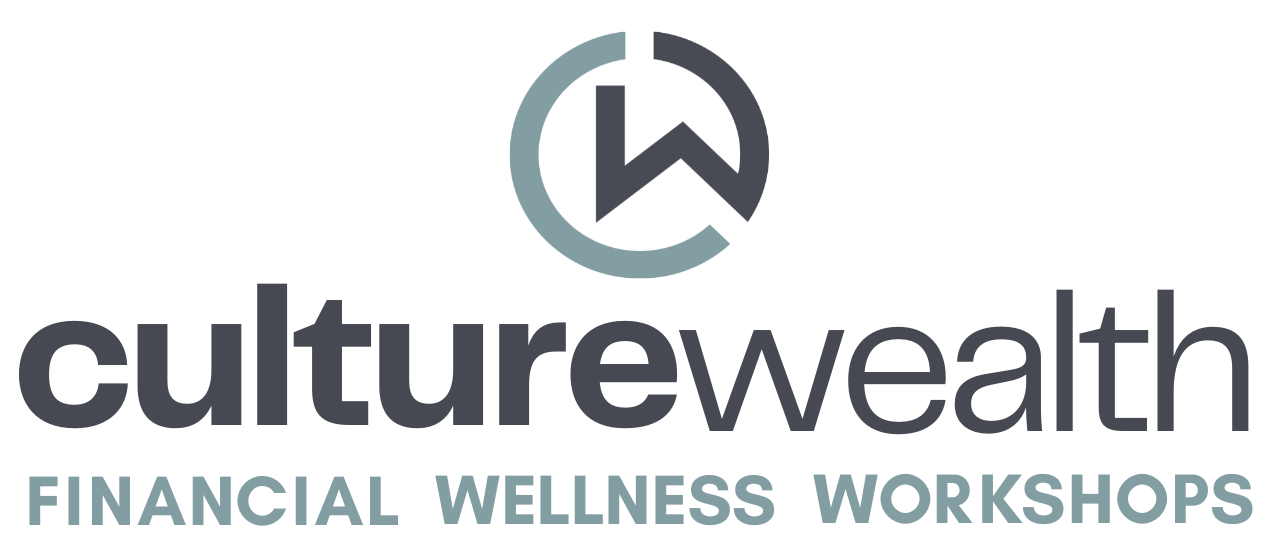Organizations today often include as many as five generations working together across departments and locations. Baby Boomers, Generation X, Millennials, Generation Z, and emerging Generation Alpha bring unique values and financial priorities. These differences present both opportunities and challenges for leaders designing inclusive employee benefit strategies. Understanding the nuances of a generational staff empowers organizations to foster engagement, reduce turnover, and enhance productivity. Employers must acknowledge this generational complexity when evaluating benefits packages and designing financial education programs.
Financial Goals Vary Across Generational Staff
Generational staff members have distinct financial goals and concerns shaped by their upbringing, economic realities, and life stage. Employers must recognize these differences to design benefits and financial education programs that meet the real needs of their employees.
A targeted approach to financial wellness enhances engagement, reduces stress, and fosters long-term retention among all staff generations. Understanding these generational priorities enables the development of inclusive workplace policies that benefit the entire organization.
Baby Boomers
Baby Boomers often focus on retirement readiness, health insurance stability, and wealth preservation as they approach the later stages of their careers. Many seek continued access to employer-sponsored retirement plans and increased healthcare support due to the rising costs associated with aging.
Longevity concerns make them more likely to appreciate long-term care insurance and estate planning resources. Programs that encourage catch-up retirement contributions and provide education on Medicare transitions offer substantial value.
Generation X
Generation X, often described as the “sandwich generation,” faces financial pressure from both aging parents and dependent children. Their financial goals include building college funds, managing mortgages, and securing retirement savings without sacrificing current income needs.
Many Gen X employees prioritize financial independence while maintaining career flexibility during mid-life transitions. Practical tools for debt reduction, budgeting, and investment planning resonate deeply with this group.

Millennials
Millennials prioritize debt management, homeownership, and building savings despite facing wage stagnation and rising living expenses. Many entered the workforce during economic downturns and still carry substantial student loan balances, influencing their financial outlook. Access to employer-sponsored financial coaching and homebuying assistance can significantly boost their engagement. Flexible pay options and emergency savings programs also align well with their need for financial security and autonomy.
Generation Z
Generation Z workers typically prioritize financial literacy, job stability, and early investment opportunities to offset economic uncertainty. They value transparency and want employers to provide digital-first tools that support financial planning and real-time access to pay. Many Gen Z employees expect benefits to reflect diversity, inclusion, and personal financial empowerment. Programs that integrate mobile access, gamification, and peer learning increase their participation and trust.
Generation Alpha
Generation Alpha has not yet fully entered the workforce, but it will bring highly digital and personalized expectations for financial education and employment support. Their financial goals will likely be shaped by automation, rapid technological change, and a focus on social responsibility. Employers must prepare now by designing scalable platforms that evolve as new employees enter with different priorities. Forward-thinking organizations can gain an edge by integrating long-term planning for this emerging cohort.
Communication Styles Must Match Generational Staff Preferences
How benefits are communicated matters just as much as what is being offered. Baby Boomers generally prefer face-to-face meetings and detailed written materials they can review at their own pace. Generation X values transparency and often responds well to email-based communication supported by data and examples. Millennials prefer mobile-accessible platforms and digital content that is interactive, concise, and easily accessible.
Generation Z responds to visual content, short-form videos, and text-based updates. Companies that offer app-based payroll, financial dashboards, or quick chat tools often earn higher participation from younger staff. Surveys show that around 48 percent of Gen Z employees engage more with benefits communicated through digital channels. To ensure that all employees feel informed and included, organizations must diversify their communication methods.
Employers should consider delivering financial education through multiple media formats tailored to each generation. Video libraries, live webinars, mobile apps, and printed guides each serve different needs. Internal marketing of these resources must reflect cultural and generational relevance to succeed. Communication strategies should be reviewed annually to keep pace with shifting workforce demographics.
Encouraging two-way communication also increases impact. Employers who actively solicit employee feedback about their benefits communication methods make more effective updates. Transparency builds trust and increases the chances that benefits programs will be used. Engaging across generations helps refine both delivery and content for better outcomes.
Designing Generational Staff Benefits with Flexibility and Choice
Generational staff respond better to flexible benefits that adapt to personal and family needs. Traditional one-size-fits-all models often fail to meet expectations for financial support, especially with such diverse age groups. Providing a core set of benefits with modular add-ons allows employees to tailor their experience. Flexibility ensures higher participation and demonstrates cultural sensitivity.
For example, older employees may appreciate enhanced health savings accounts and retirement contributions. Younger staff often choose student loan repayment, emergency savings programs, or access to financial coaching. A flexible structure respects personal priorities while managing company costs more efficiently. Employers gain goodwill by showing responsiveness to life-stage realities.

Choice empowers employees to take control of their financial future. Workers who feel supported tend to stay longer, reducing recruitment and training costs. Employee surveys frequently highlight flexibility as a top factor in overall job satisfaction. Investing in customizable benefits helps create a more resilient and stable workforce.
Financial wellness platforms that allow self-paced learning and flexible modules are ideal. Employees across generations benefit when they can engage on their schedule and revisit topics as needed. Culturally informed programming adds another layer of impact, particularly for historically underrepresented or underserved communities. Effective programs must remain inclusive, practical, and empowering to sustain their impact.
Financial Literacy Supports Generational Equity Among Staff
Financial education reduces knowledge gaps that often reflect generational or socio-economic differences. Gen Z and Millennials typically report lower financial confidence than older generations, particularly in areas such as investing, insurance, and debt management. Targeted programming can help close these gaps and foster a sense of fairness and transparency in the workplace. When all generations understand their options, participation rates increase and outcomes improve.
A strategic investment in education signals long-term organizational commitment to employee well-being. Financial literacy supports better decision-making and builds trust across the workforce. Employees who understand their benefits are more likely to use them effectively. Knowledge also reduces financial stress, which increases focus, morale, and workplace performance.
Research indicates that 56 percent of workers report that financial concerns negatively impact their mental health and job performance. Education and planning tools that cater to individuals’ specific needs offer the most value. A scalable solution should be designed with both seasoned professionals and new hires in mind. Resources should evolve as employee’ needs change throughout their careers.
Offering equitable access to personalized financial education demonstrates a company’s awareness and commitment to inclusion, creating a bridge across generations and reducing friction around sensitive topics such as compensation and advancement. A knowledgeable workforce is better equipped to navigate change and contribute meaningfully. Empowering every generation strengthens company culture and fosters long-term loyalty.
Support Your Generational Staff with the Right Financial Education
Supporting generational staff through tailored benefits and financial education enhances workplace culture and drives stronger organizational outcomes. Employees feel more empowered and loyal when their financial needs are respected and met with relevant resources. Flexible tools, clear communication, and culturally responsive programming are essential for bridging generational divides. Investing in equitable financial literacy solutions leads to healthier, more productive teams.
To ensure every employee thrives regardless of age or background, explore how CultureWealth’s culturally responsive financial education programs can help your workforce succeed. Learn more and start building a stronger benefits strategy for all generations today.

